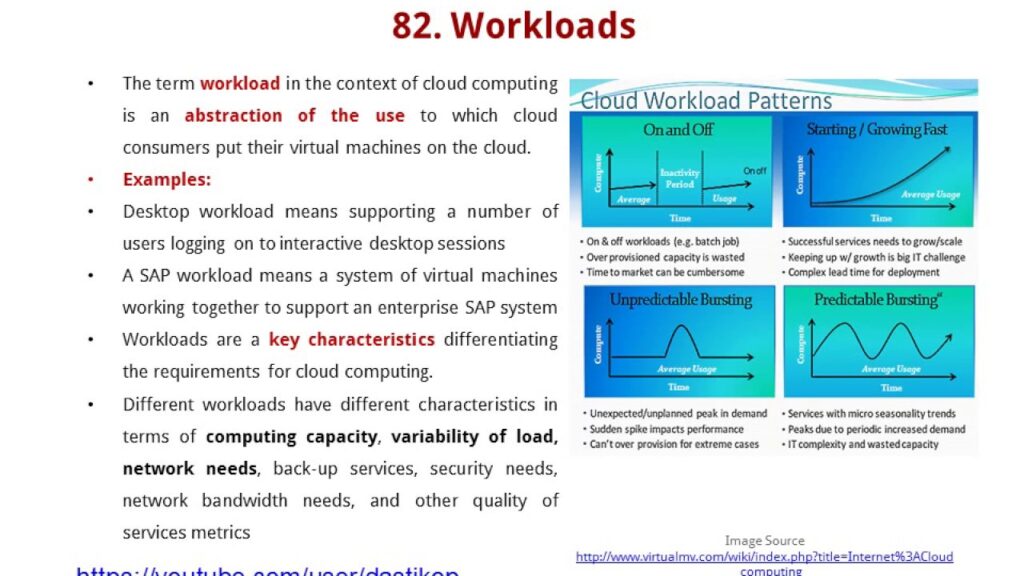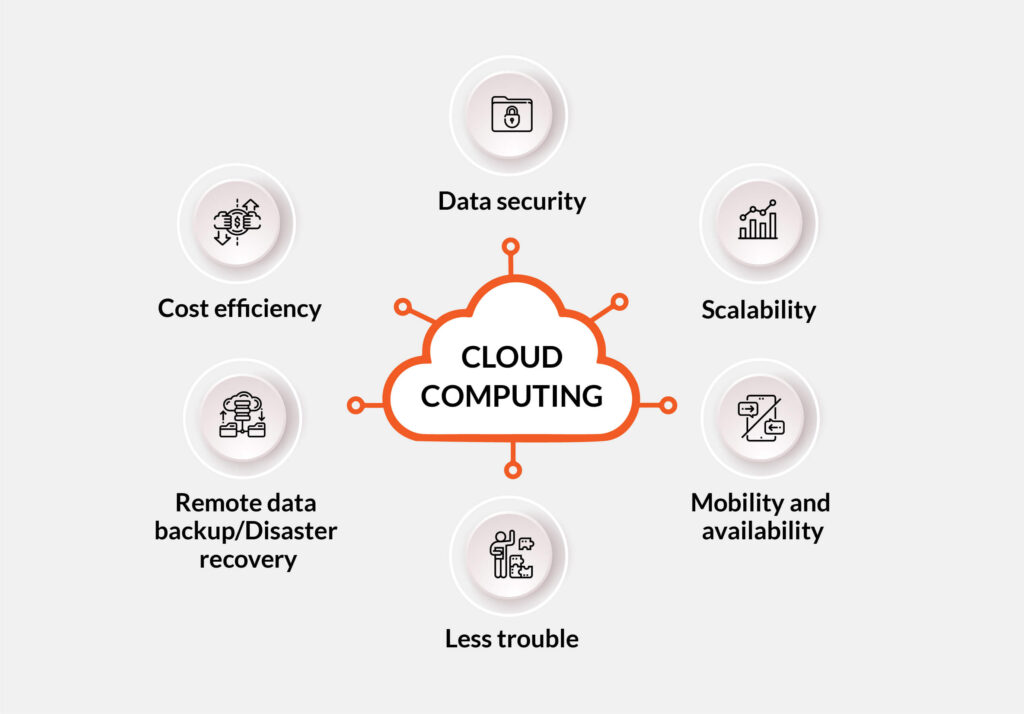Business operations and innovation have been revolutionized by Software-as-a-Service (SaaS). These technologies are changing the game by offering new functionalities that promote innovation for all employees within an organization.
However, while SaaS adoption is simple, managing it can be challenging. As the use of SaaS applications increases rapidly, so do the associated complexities. IT personnel may struggle to identify which applications employees are accessing, how they are using them, what information (including sensitive data) is accessible, and what security risks they may pose to the organization. These are all risks related to SaaS sprawl that need to be addressed before they become unmanageable.
According to the Flexera 2024 State of ITAM Report, more than a third (37%) of IT professionals and executives consider “finding ways to optimize software use” a significant challenge. This indicates the importance of incorporating SaaS management into overall software asset management (SAM) and IT asset management (ITAM) initiatives.
1. Enhance SaaS Visibility
Many SaaS applications are easy to test, making them easy to adopt. Users are attracted to try-before-you-buy options, low initial costs, flexible subscriptions, and appealing features. Often, employees acquire SaaS without following the company’s centralized IT procurement process, leading to a lack of visibility into how these applications are being used, how much is being spent on them, and the security risks they may pose.
A SaaS management platform can help improve visibility and mitigate common risks associated with SaaS usage. Detailed usage data is essential for a comprehensive view of the organization’s IT landscape. By conducting a thorough discovery process, companies can identify sanctioned, unsanctioned, licensed, and free SaaS applications being used across the organization, which is crucial for effective security management.
Improved visibility not only helps address sprawl and enhance security but can also lead to cost savings. Understanding the highest-spending vendors can aid in optimizing subscriptions, consolidating contracts, and eliminating redundant applications.
One challenge in achieving visibility is the accuracy and depth of data. Data sources must provide detailed and normalized information to ensure accuracy in identifying software applications.
2. Assign SaaS Ownership
Assigning ownership of SaaS responsibilities can streamline SaaS management initiatives and prevent issues such as inefficiency, overspending, security risks, and IT resource drains. Establishing a dedicated team to oversee SaaS governance can set guidelines to manage risks and prevent sprawl.
Empowering this team to oversee responsibilities such as application rationalization, compliance monitoring, security configuration, and licensing negotiations can enhance SaaS management and support business growth.
3. Enhance SaaS Governance
Effective governance of SaaS is crucial for mitigating risks and ensuring compliance. Taking a holistic approach to tech ecosystem evaluation, eliminating siloed usage patterns, establishing a structured vendor sourcing process, and ensuring data privacy compliance are essential steps to improve SaaS governance.
Success with SaaS management involves effective stakeholder communication, leveraging data for better deals, documenting cost savings, and reporting successes to leadership. Visibility is key to managing SaaS effectively and fostering innovation within the organization.



